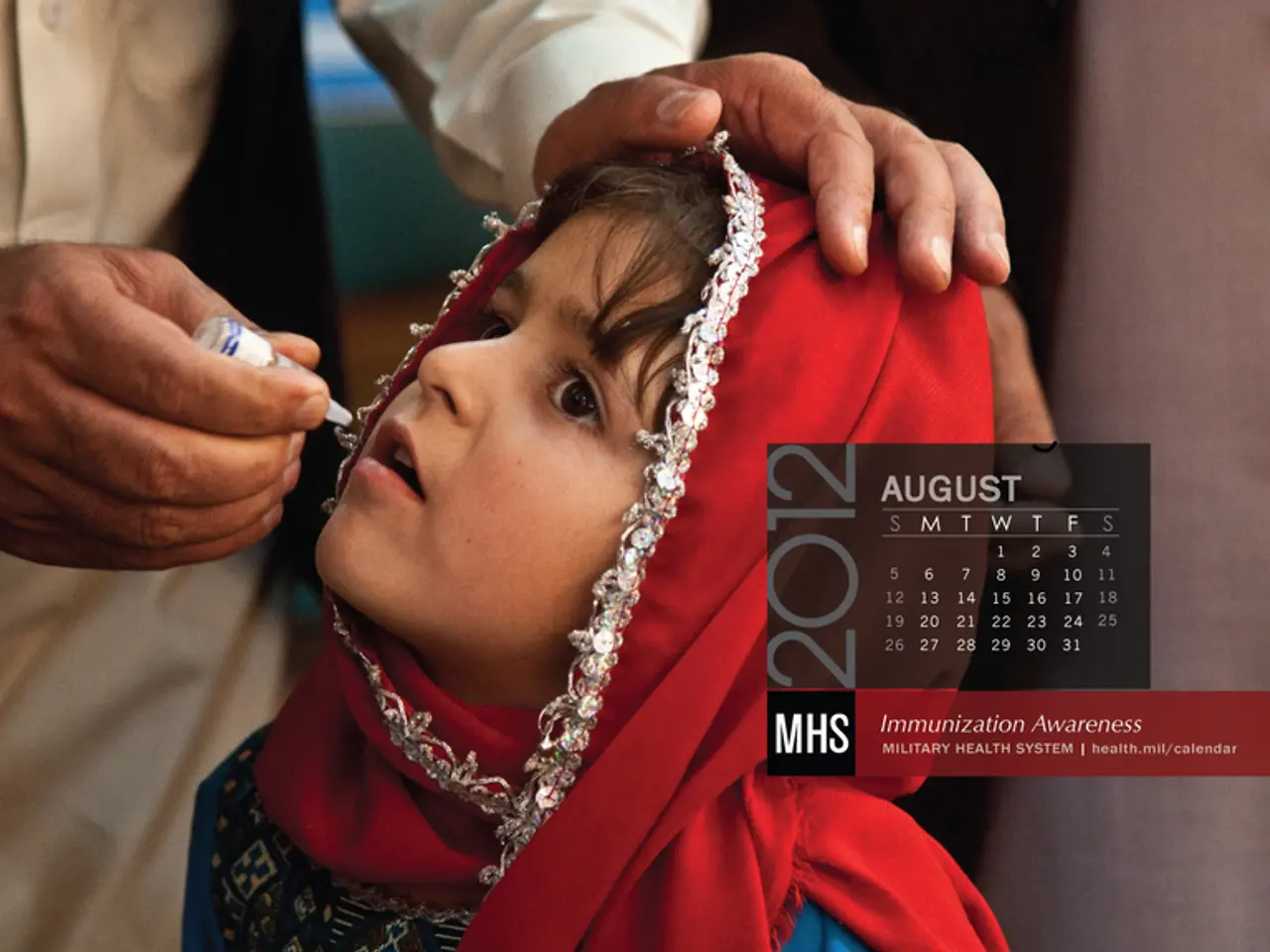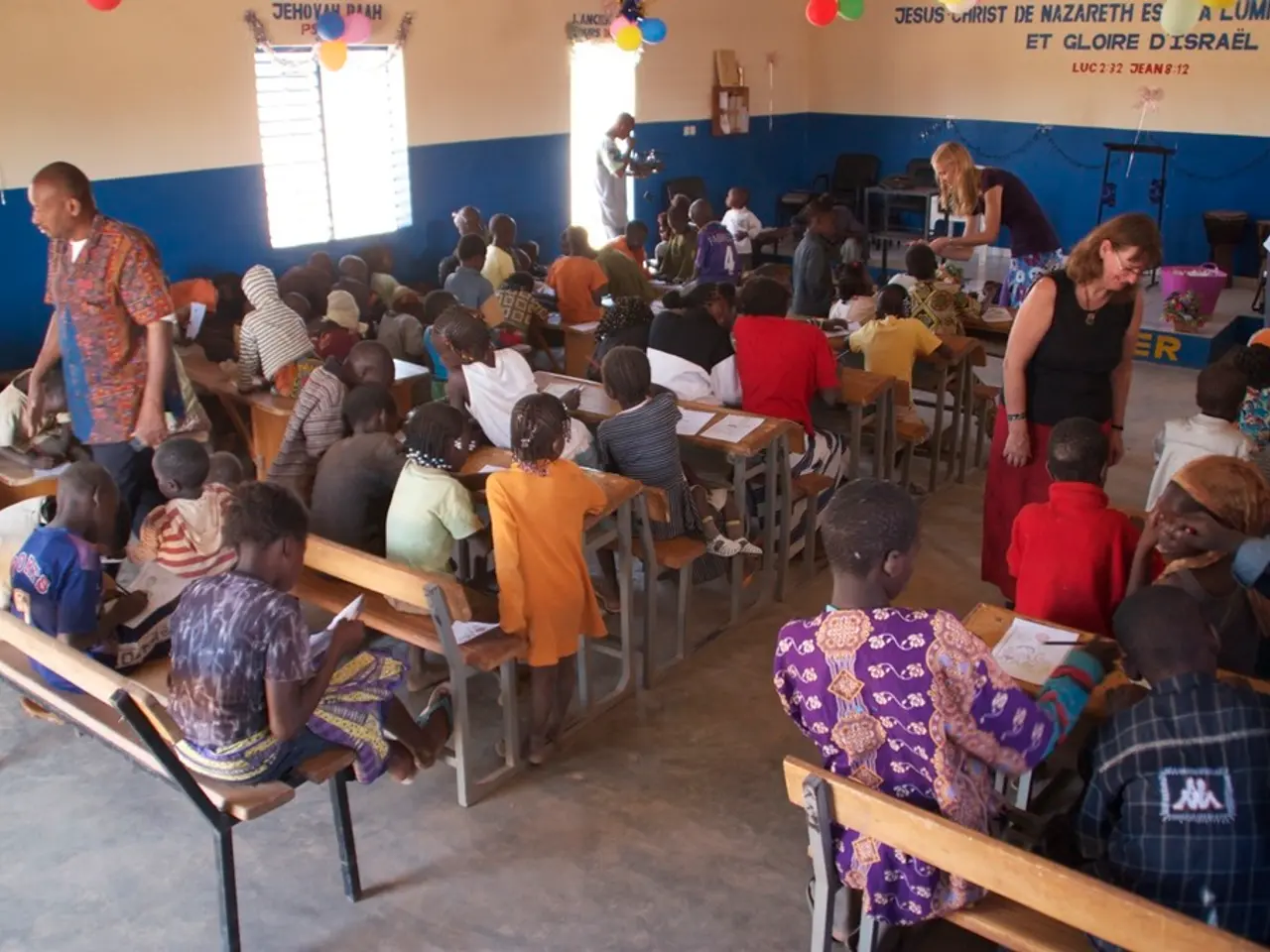The Historical Evolution of Vaccination: Its Role in Saving Humanity from Devastating Diseases Since the 18th Century
Global Vaccination Efforts: A Historical Perspective
In the battle against some of the world's most dangerous diseases, vaccination has proven to be a powerful weapon. The stories of Smallpox, Polio, Malaria, and Measles demonstrate the significant impact that vaccination has had on global public health.
Smallpox
Smallpox, the first disease ever eradicated by vaccination, claimed the lives of an estimated 300 million people in the 20th century alone. The World Health Organization (WHO) launched a global vaccination campaign in 1967, leading to the disease's eradication by 1977. Edward Jenner, an English physician, is credited with the development of the first successful vaccine in 1796, using cowpox material, laying the foundation for modern vaccinology.
Polio
Polio vaccination efforts began in the early 1950s with the inactivated polio vaccine (IPV) by Jonas Salk in 1955, followed by the oral polio vaccine (OPV) by Albert Sabin in 1961. Mass immunization campaigns have greatly reduced polio incidence worldwide, with cases dropping over 99% since vaccination efforts began. However, eradication of the disease is yet to be achieved globally.
Malaria
Unlike smallpox and polio, malaria remains a major global health challenge. Despite a decrease in the number of countries with malaria infection and a fall in the mortality rate since 2000, more than 200 million people are still infected annually. The first malaria vaccine, RTS,S/AS01 (Mosquirix), was endorsed by the WHO in 2021 for partial protection in children. The rollout of the vaccine is ongoing with regional pilot programs.
Measles
The measles vaccine, introduced in 1963, has dramatically reduced the incidence and deaths due to measles worldwide. Despite significant success, measles outbreaks still occur, often linked to decreased vaccination coverage. For example, in the U.S., over 1,200 measles cases were reported in 2019 due primarily to unvaccinated populations. Ongoing campaigns emphasize childhood immunization to maintain herd immunity and prevent outbreaks.
Summary Table
| Disease | Vaccination Start | Key Vaccine Type | Impact | Notable Figure(s) | Eradication Status | |-----------|------------------------|---------------------------------|-----------------------------------------|------------------------------|-----------------------------| | Smallpox | Late 18th century (1796) | Live vaccinia virus vaccine | Complete eradication by 1977 | Edward Jenner | Eradicated (1977) | | Polio | 1955 (IPV), 1961 (OPV) | Inactivated and oral vaccines | >99% reduction worldwide | Jonas Salk, Albert Sabin | Near eradication, ongoing | | Malaria | 2021 (RTS,S pilot) | Subunit vaccine (RTS,S) | Partial protection; complements other measures | Multiple researchers | Not eradicated | | Measles | 1963 (MMR vaccine) | Live attenuated vaccine | Large reduction but outbreaks persist due to coverage gaps | Public health campaigns | Controlled but not eradicated|
Notable Historical Figures
- Edward Jenner: Developed first smallpox vaccine (1796).
- Jonas Salk: Invented first effective inactivated polio vaccine.
- Albert Sabin: Developed oral polio vaccine widely used in mass campaigns.
These vaccination efforts collectively transformed public health by preventing millions of deaths and disabilities, with smallpox eradication standing as a singular success story, while polio and measles control continue, and malaria vaccination represents a newer frontier with ongoing promise.
Science has pinpointed vaccination as a vital tool in the fight against infectious diseases, such as Smallpox, Polio, Malaria, and Measles, all of which have had significant impacts on global health-and-wellness. For instance, Edward Jenner's development of the first successful Smallpox vaccine in 1796 marked the inception of modern vaccinology, leading to the eradication of the disease by 1977.




